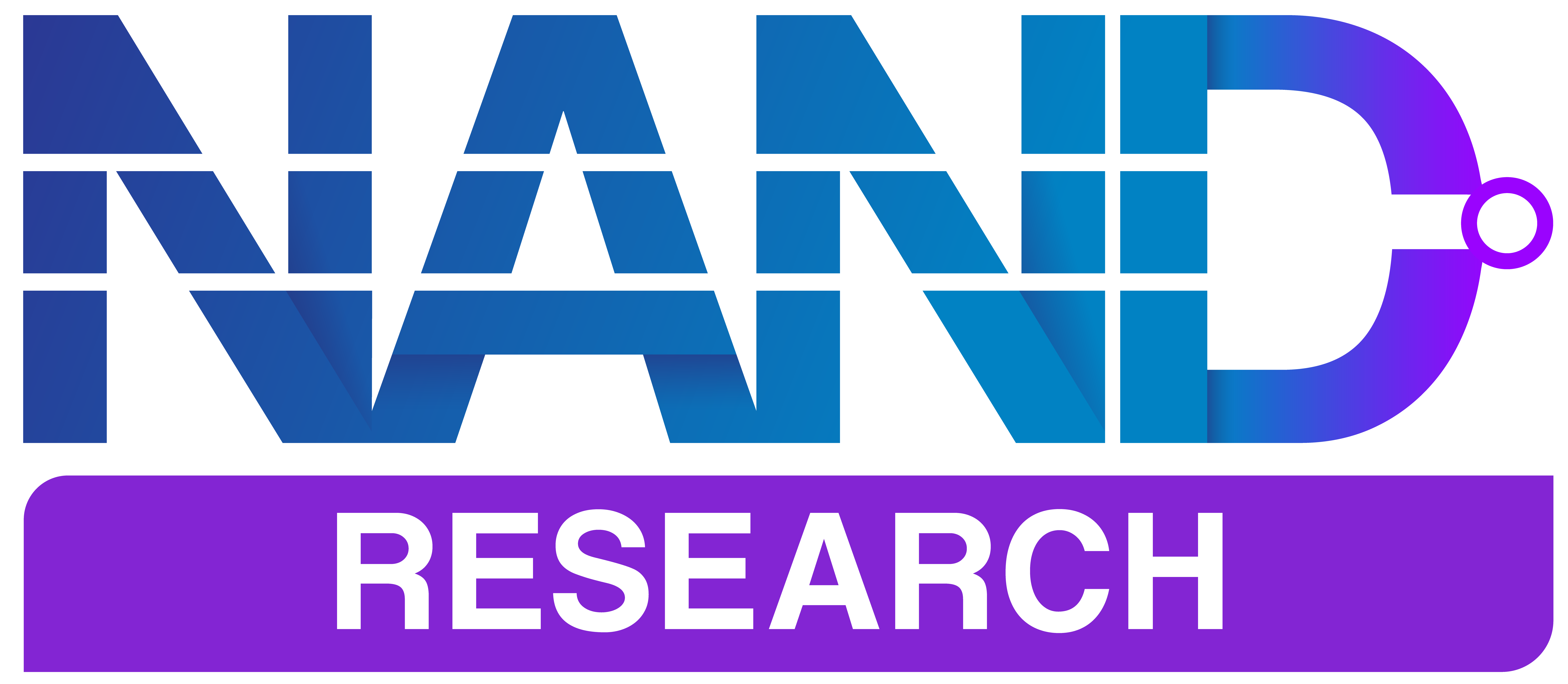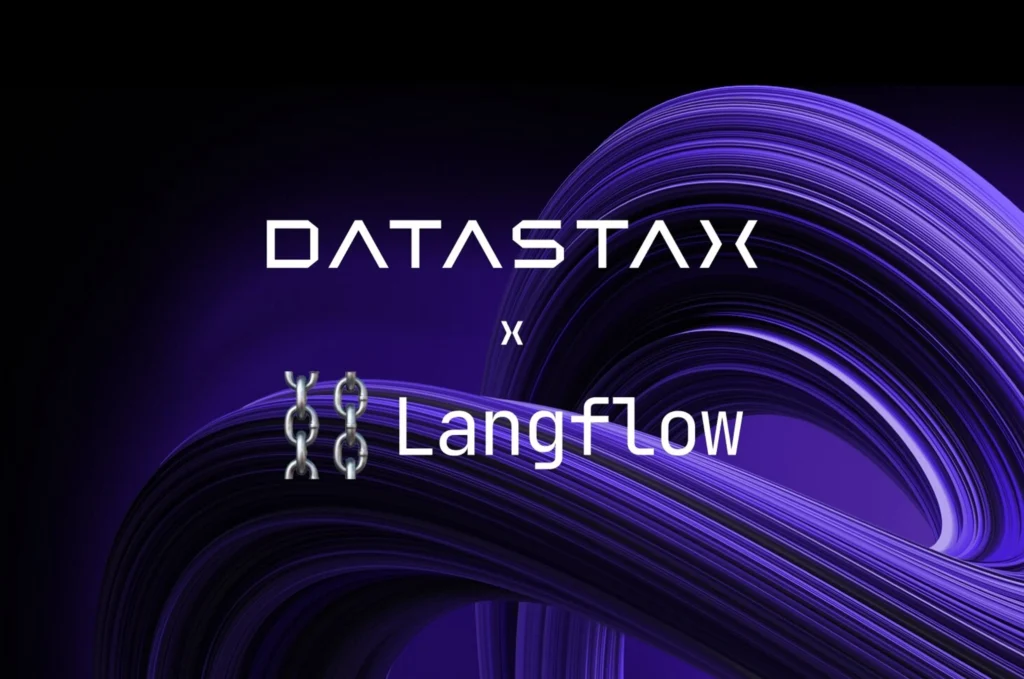DataStax announced the acquisition of Logspace, the company behind Langflow, a low-code tool for building applications based on Retrieval-Augmented Generation (RAG). The terms of the deal were not disclosed.
The acquisition is part of DataStax’s strategic initiative to build a comprehensive generative AI stack, providing developers with integrated resources and tools to enhance and scale their applications.
Langflow will continue to operate independently, ensuring no immediate changes for its existing users. This partnership aims to expand Langflow’s capabilities and reach, supporting developers, researchers, and entrepreneurs in the generative AI application space.
What is Langflow?
Langflow is a low-code/no-code platform designed to simplify the development of GenAI applications.
Created by Logspace, Langflow emerged to address the complexities and technical barriers traditionally associated with building AI-driven applications, making it easier for developers and businesses to leverage the power of AI without requiring deep expertise in machine learning or coding.
Key Features:
- Low-Code/No-Code Interface: Langflow provides a user-friendly interface that allows users to create AI applications through visual programming, lowering the barrier to entry for AI development.
- Focus on RAG Applications: It specializes in building applications based on Retrieval-Augmented Generation. This method enhances AI’s response quality by integrating retrieved information from databases or the internet, making the responses more informative and contextually relevant.
- Rapid Prototyping and Development: The platform facilitates quick experimentation, testing, and iteration, enabling developers and companies to bring their AI concepts to life faster and more efficiently than traditional development methods.
- Open Source and Community-Driven: Langflow is rooted in an open-source philosophy, fostering a community of developers and innovators who contribute to its development, share knowledge, and collaboratively improve the platform.
- Integration with AI Technologies: It is built to integrate seamlessly with various AI technologies and databases, including connections to DataStax’s Astra DB, the LangChain toolkit, and other data sources and AI models. This integration capability allows for creating sophisticated AI applications that can leverage vast amounts of data and complex AI models.
Langflow is versatile and can be used across various domains, including but not limited to customer service bots, personalized content recommendations, automated data analysis, and reporting. Its ease of use and integration capabilities make it suitable for businesses looking to implement AI solutions without requiring extensive AI expertise or resources.
Analysis
The acquisition of Logspace is a strategic move that shows DataStax’s commitment to establishing a comprehensive GenAI stack, expanding beyond its roots in commercializing the Apache Cassandra NoSQL database.
The deal helps DataStax in several critical ways:
- Broadening Technology Portfolio: By integrating Langflow into its suite of offerings, DataStax broadens its technology portfolio to include a powerful tool for building GenAI applications. This acquisition allows DataStax to offer a more versatile set of tools that cater to the growing demand for AI-driven solutions, aligning with the industry’s shift towards low-code/no-code development platforms that democratize AI development.
- Expanding Market Reach: The acquisition allows DataStax to tap into new market segments, particularly in targeting developers and businesses seeking to leverage AI without the steep learning curve traditionally associated with AI and machine learning development. Langflow’s user-friendly platform complements DataStax’s existing database solutions, potentially increasing its appeal to a broader audience.
- Enhancing Competitive Edge: The move strengthens DataStax’s position against competitors by adding unique AI capabilities to its stack. In a landscape where differentiation is key to attracting and retaining customers, offering a one-stop solution for building and scaling GenAI applications could be a significant competitive advantage.
This is a good acquisition for DataStax, boosting its overall value proposition while allowing the company to offer a comprehensive suite of tools for developers looking to harness the power of AI.



